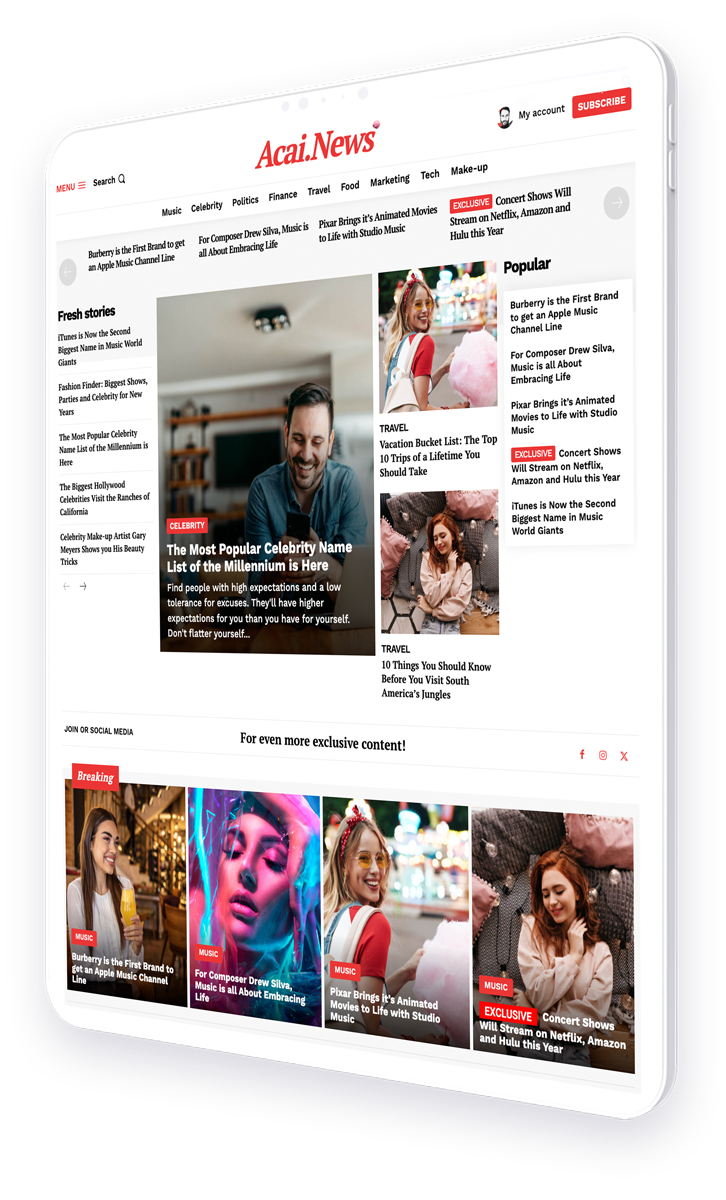Using quizzes, dynamic paths, and tagged content to reveal intent
Interactive magazine features such as quizzes, dynamic paths, and tagged content are revolutionizing the way businesses understand and engage with their audiences. By integrating these tools, companies can not only enhance user experience but also gain valuable insights into consumer behavior and preferences. This article explores how these innovative features can be used to segment buyer personas effectively, revealing deeper intent and fostering targeted marketing strategies.
- The Importance of Segmentation in Marketing
- Interactive Magazine Features
- Case Studies
- Implementing Segmentation Strategies
- Conclusion
The Importance of Segmentation in Marketing
Segmentation involves dividing a broad consumer or business market into sub-groups of consumers based on some type of shared characteristics. These segments can be defined by criteria such as demographics, behaviors, or even specific needs and interests. Understanding these segments helps marketers to:
- Deliver more targeted and effective marketing messages
- Identify niche markets
- Enhance customer engagement and retention
- Optimize product development to suit specific needs
Interactive Magazine Features
Interactive features in digital magazines provide a unique opportunity for real-time engagement and data collection. Here are some of the most effective tools:
Quizzes
Quizzes can be a fun and engaging way to learn about reader preferences and tendencies. By analyzing quiz results, marketers can identify common interests and concerns among their audience, aiding in the creation of more relevant content and offers.
Dynamic Paths
Dynamic paths adjust the content displayed based on user interactions. This adaptive content delivery helps in understanding what type of content works best for different segments of the audience, thereby optimizing user experience and engagement.
Tagged Content
Tagging content with specific keywords or categories allows publishers to track which topics generate the most interest and engagement among different segments. This data is invaluable for refining content strategies and enhancing personalization.
Case Studies
Several leading companies have successfully implemented these interactive features to segment their audiences. For example, a popular fashion magazine used quizzes to determine reader preferences on styles and subsequently tailored their digital ads to match these preferences, resulting in a 30% increase in click-through rates. Another case involved a tech magazine that used dynamic paths to offer personalized article recommendations, significantly increasing their subscription rates.
Implementing Segmentation Strategies
To effectively implement these interactive features, companies should:
- Define clear objectives for what they wish to learn from their audience
- Design engaging and relevant interactive elements
- Use robust analytics tools to analyze the data collected
- Continuously refine and adapt strategies based on insights gained
Conclusion
Interactive magazine features like quizzes, dynamic paths, and tagged content are powerful tools for segmenting buyer personas. They not only enhance the reader’s experience but also provide marketers with valuable insights into consumer behavior and preferences. By leveraging these tools, businesses can create more targeted and effective marketing strategies that resonate with their audience.
For further reading on the effectiveness of interactive content in digital marketing, visit Content Marketing Institute.
In conclusion, the strategic use of interactive features in digital magazines is indispensable for marketers aiming to understand and cater to their diverse audiences more effectively.




